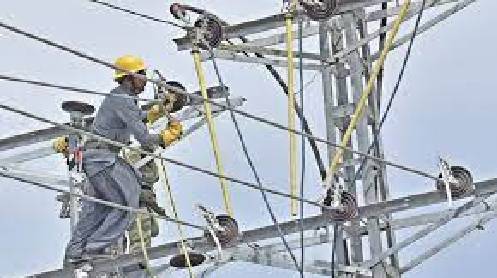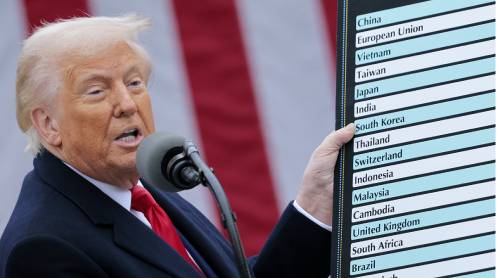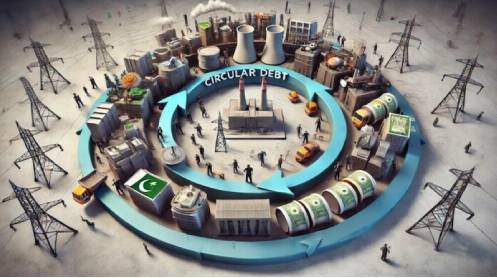ISLAMABAD: Pakistan’s crippling power sector is faced with persistent difficulties on account of capacity charges of Rs2.3 trillion, increased reliance on foreign-funded and uncompetitive imported fuel, and inflated billings of Rs100 billion from voiceless consumers.
“The capacity charges of Rs2.3 trillion, mainly because of the depreciated exchange rate, have become one of the major problems, and the solution lies in increasing the tax-to-GDP ratio from nine to 18 percent to finance the funding of power projects from our resources. The imported coal needs to be replaced with the domestic coal,” Federal Secretary of the Power Ministry Rashid Mehmood Langrial told a select group of reporters in the presence of Minister for Information Murtaza Soalngi here on Monday.
The government did not pass on the full-fledged rebasing of the power tariff of Rs8.25 per unit for the current fiscal year, out of which Rs5.75 per unit was made part of the average tariff, after which the domestic average price stood at Rs44.1 for domestic, Rs41 for industrial and Rs45.1 per unit for commercial consumers. Now the government shared the revised ceiling of the monster of circular debt with the IMF, after which the accumulation in circular debt would be standing at Rs385 billion till the end of December 2023. Now the government will have to pass on deferred increases in the rebasing of tariffs along with quarterly tariff adjustments by the end of December 2023.
Sources said that there is no other option but to request China for the re-profiling of debt maturity on Independent Power Producers (IPPs), but the power secretary refused to share comments on this subject. In a detailed hour-long briefing, Power Secretary Rashid Mehmood Langrial said that the government had worked out the annual gap of Rs976 billion for the current fiscal year. The overall liabilities of the power sector stood at Rs3,478 billion, of which the recovery was around Rs2,503, so the surfaced gap stood at Rs976 billion. The capacity charges, he said, stood at Rs2 trillion while the fixed cost ranged from Rs300 billion, so overall it accumulated to Rs2.3 trillion plus markup went up to Rs2.5 trillion as the foreign-funded projects were signed at a time when the country was facing severe load-shedding.
In comparison, it was shown that capacity charges increased by over 400 percent on account of imported coal compared to imported RLNG. Now the government is making efforts to find an amicable solution to use domestic coal to reduce the cost of electricity.
The power secretary was of the view that the country was forced to accept foreign-funded power projects because of the low tax-to-GDP ratio. He said de-industrialisation also played havoc with increased capacity charges. Langrial also highlighted another import issue related to changing demand based on seasonality, as in the peak summer season the demand went up manifold, so the installed capacity was jacked up, but in the winter the demand was suppressed, making the surge in capacity charges problematic for the country.
To another query regarding regional connectivity, he said it could be one of the options, but there was another choice to increase the prices of gas and incentivise electricity utilisation. The installed capacity, he said, stood at 41,980 MW, but the effective operational capacity, owing to a variety of reasons, stood at only 22,879 MW in the peak summer season, against permissible demand of around 32,576 MW. In the winter season, excessive power was available, but the electricity demand could not go up owing to different reasons, including barriers to entry for new industries, especially SMEs, and high costs in the form of fluctuations in the exchange rate. He was of the view that there was a recovery issue of Rs584 billion, out of which Rs263 billion had to be recovered by power distribution companies. He said there were interest charges on IPPs to the tune of Rs177 billion, a tariff differential subsidy of Rs451 billion to keep uniform tariff across the country, deferred payment of the previous year of Rs117 billion, FATA un-recovery Rs50 billion, AJK Rs65 billion, and Balochistan’s tube wells Rs13.5 billion. The government had agreed with tube-well farmers that Rs65,000 would be arranged by the center and provinces, while only Rs10,000 would be paid by the tube-well farmer in each case. Now the average bill for each tube well has gone up to Rs275,000.
He said that the actual losses of IESCO were not on the higher side, but the AJK’s non-recovery of Rs65 billion was parked in different DISCOs, including IESCO and others. To another query regarding the handing over of DISCOs to provinces, he said that it seemed difficult because the provinces were not ready to get full ownership of DISCOs along with their losses.





